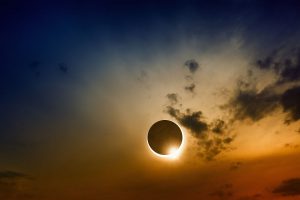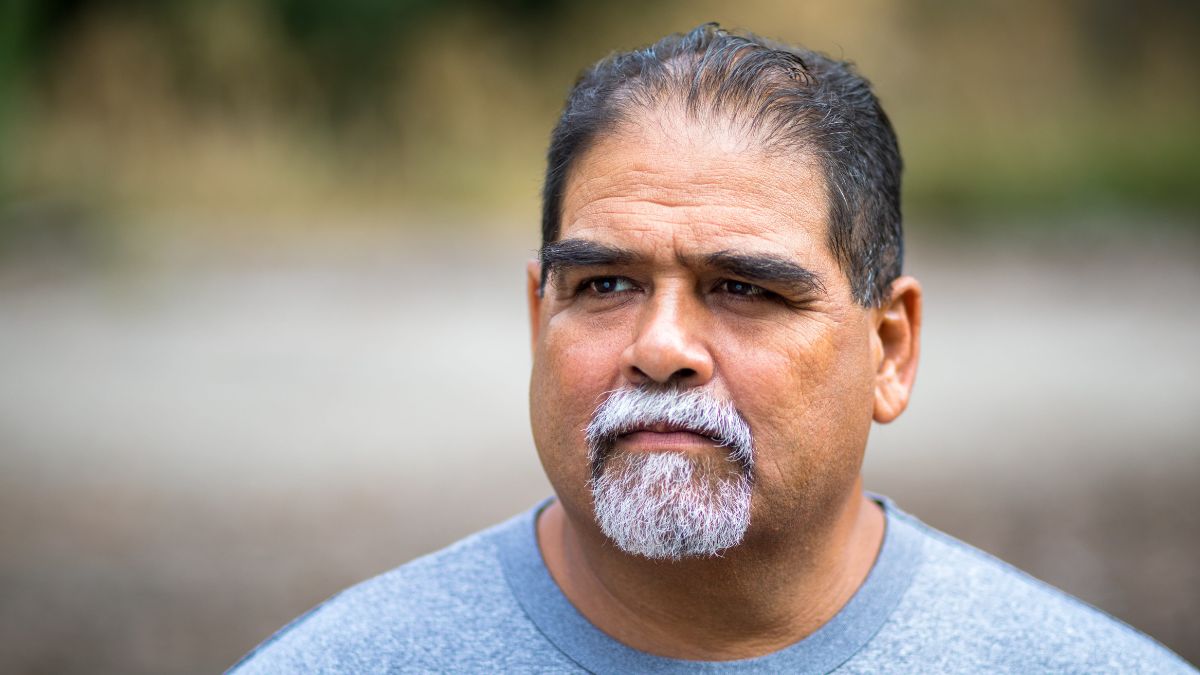August 1, 2017
Solar Eclipse
Share This Story

Posted in
Read Next:
Blog, Diabetes, Diet & Fitness
Diabetes in Men: Taking Control of Stress
Managing high blood sugar is tedious for anyone, but how does stress impact diabetes in men? Certain factors ...
Blog, Diabetes
Top Medicare Deductible Questions
If you’re on Medicare and have questions about your deductible, you’re not alone. Each year, Medicare beneficiaries face ...
Media
Finding a Trusted DME for Optimal Diabetes Care
Empowering Diabetes Patients by Shirley DeLeon Friday, January 10, 2025 Affecting more than 537 million people worldwide, diabetes ...






